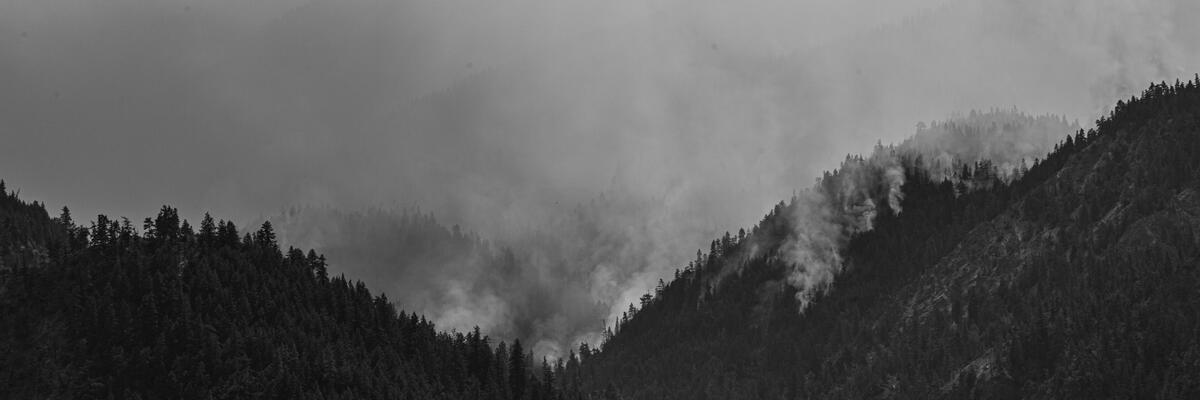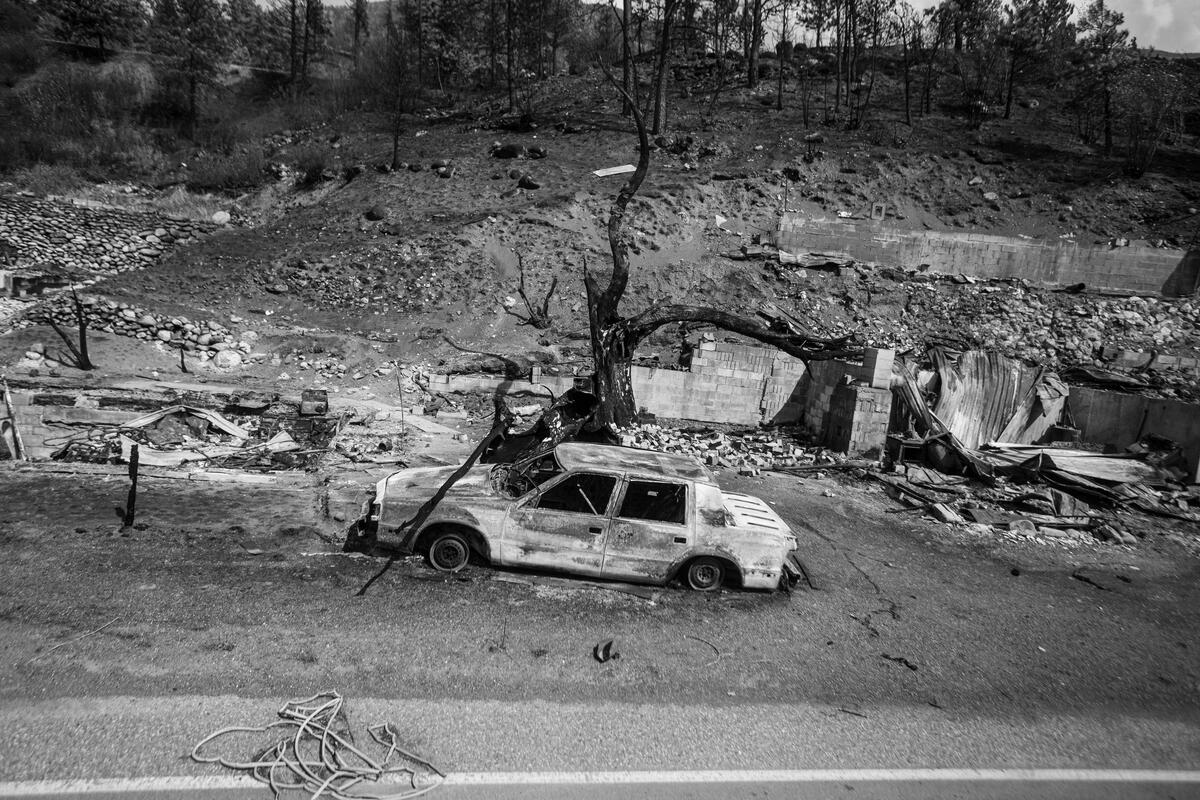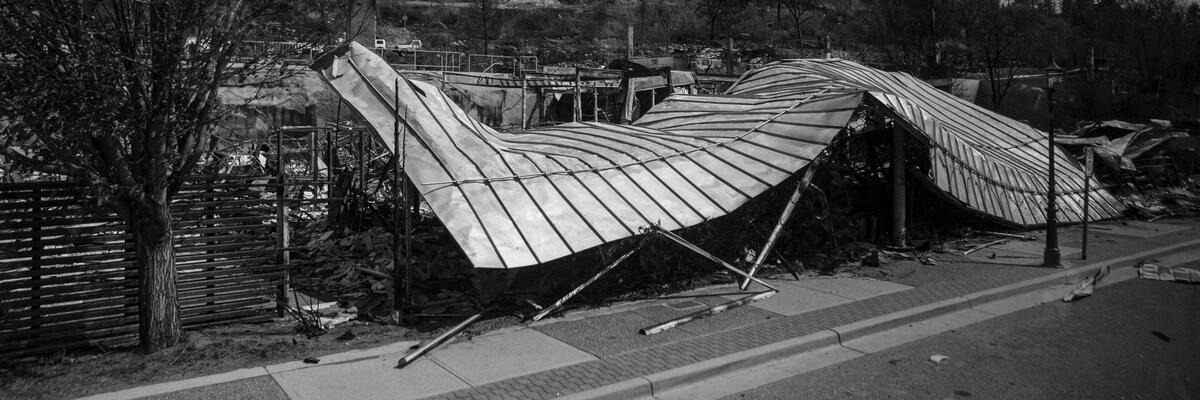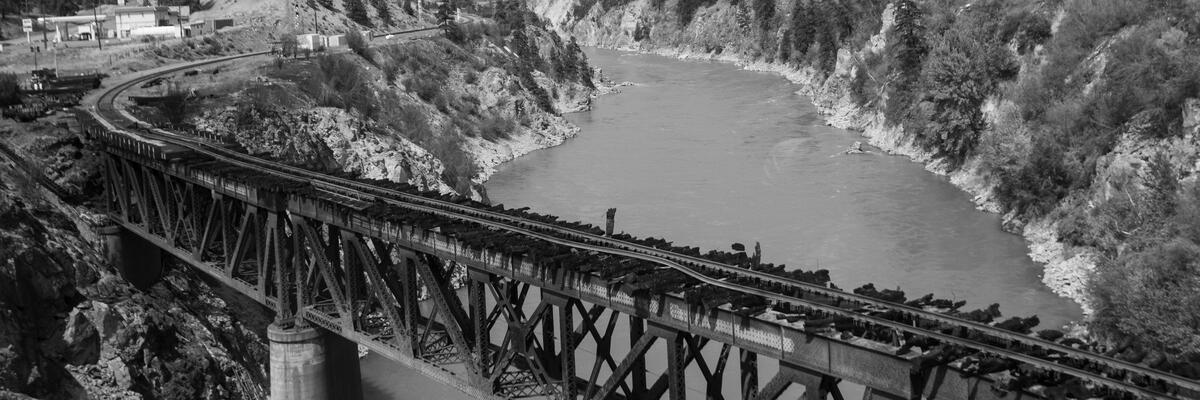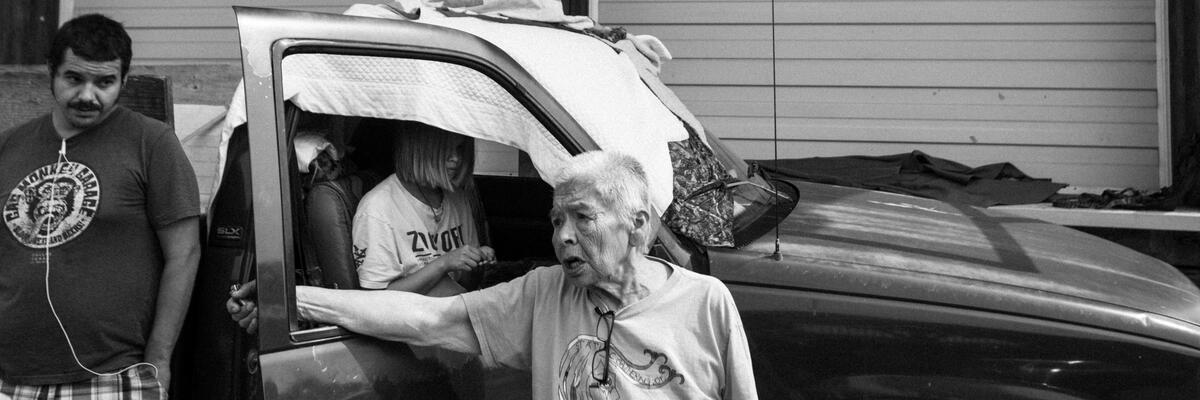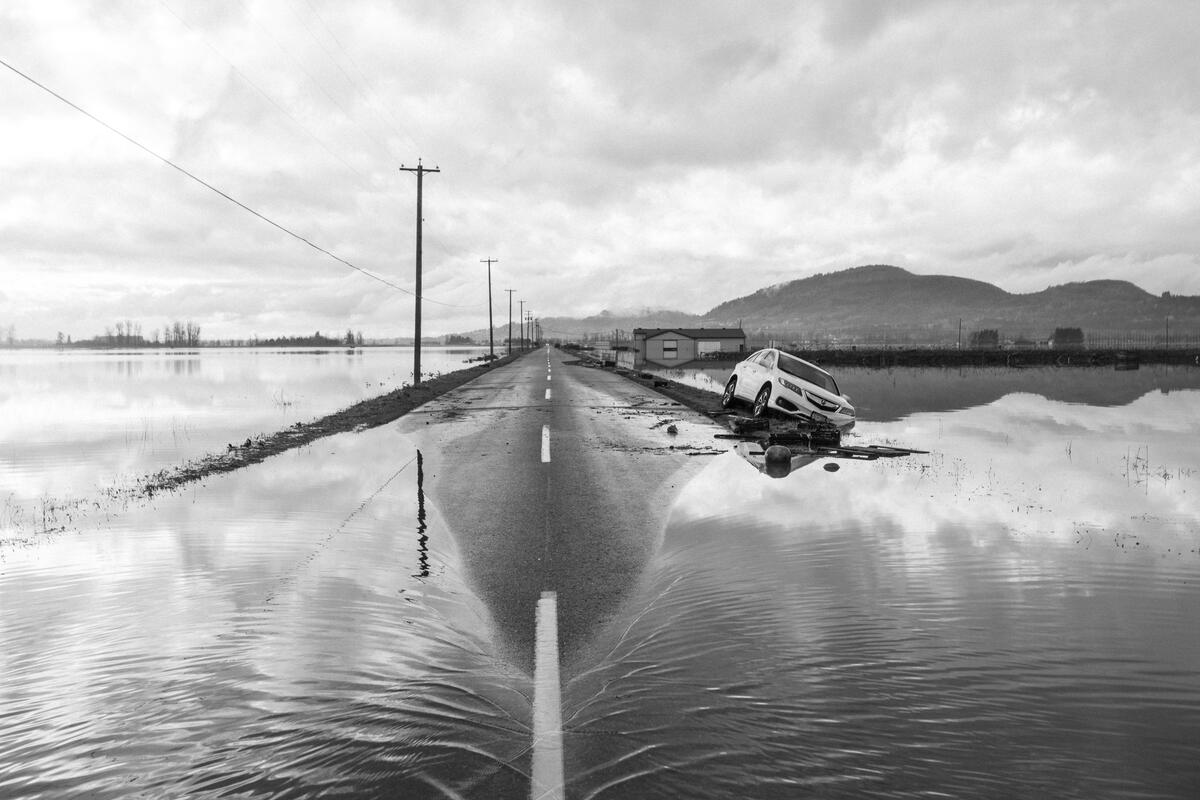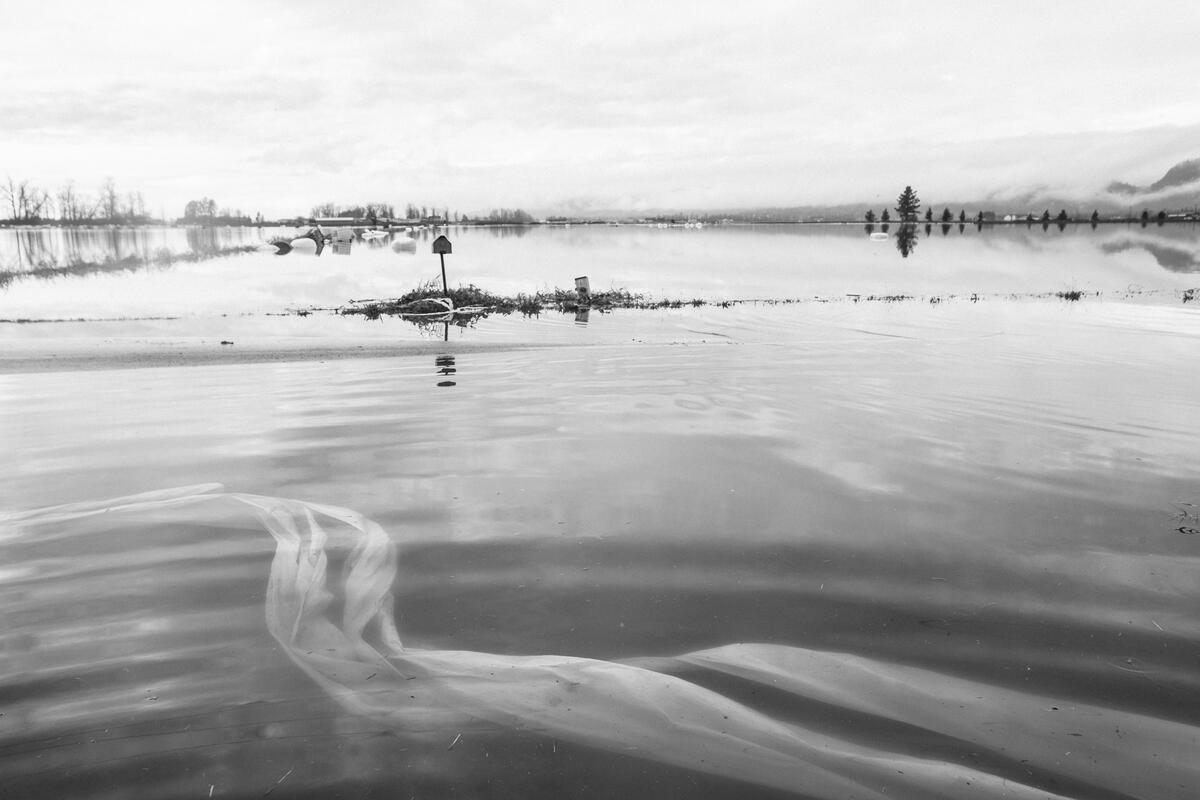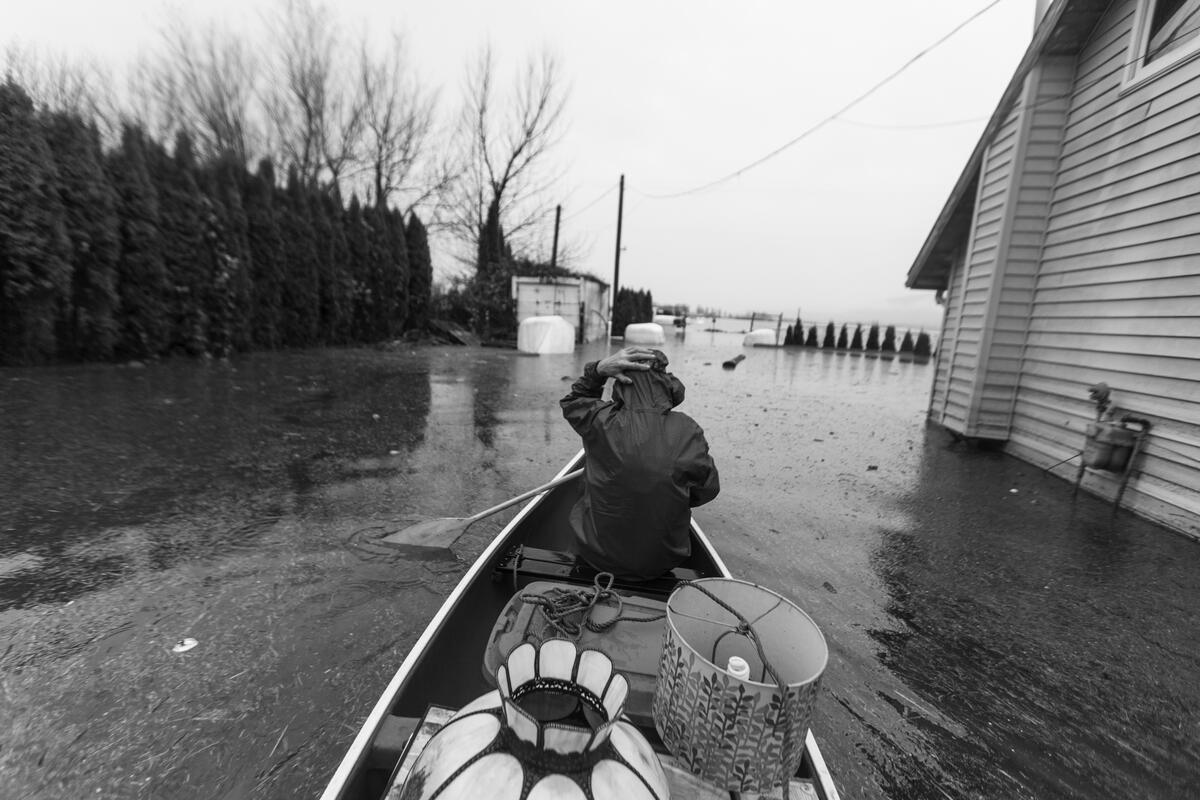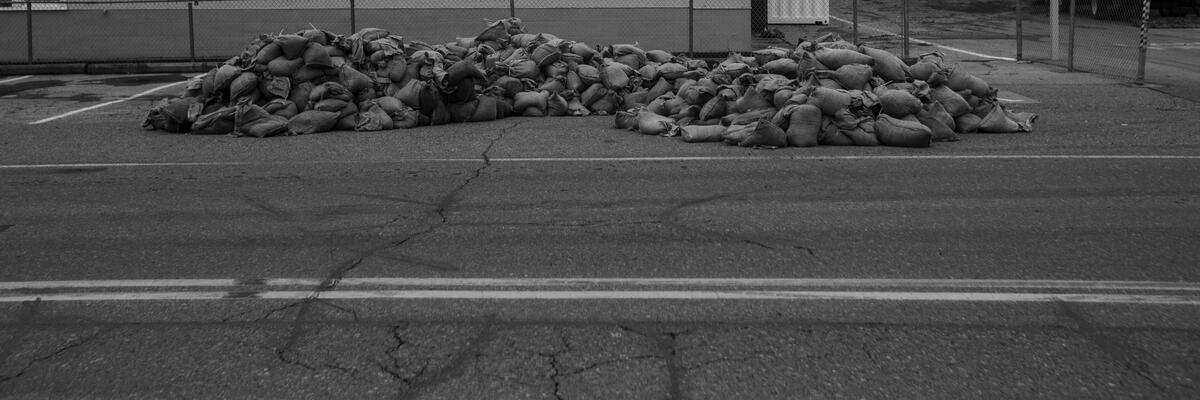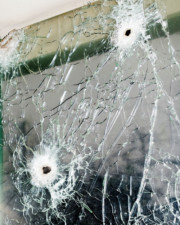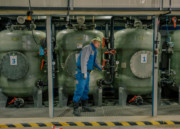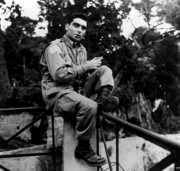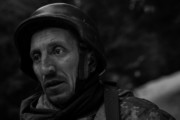Zied Ben Romdhane: Come Hell or High Water
Between June and November 2021, British Columbia was hit by wildfire and floods in quick succession. Zied Ben Romdhane travelled across Canada to document the events and aftermath, recording the impact of these devastating events.
Between June and November 2021, Zied Ben Romdhane traveled from his home in Montreal to photograph in British Columbia as the province was ravaged by wildfires and then floods. In doing so, he has recorded the immense destructive power of natural phenomena intensifying as the climate of our planet changes.
2021 saw Canada’s ‘infernal summer’. On June 29 the temperature in Lytton, British Columbia, hit 121 degrees Fahrenheit- the highest temperature ever recorded in Canada. The following day, the mayor of the town called for a total evacuation, as a wildfire, driven by winds of up to 71 kilometers an hour, swept across the arid land towards the town. Within 15 minutes the town was engulfed and destroyed. Two people lost their lives. On the 9th of July, Ben Romdhane was able to travel to the town and photograph what was left of it. “It had a feeling of a war zone, or an atomic bomb had hit the town,” he recalls. “There was no one there. There was nothing left. All the infrastructure was gone.” His images, taken after the authorities had deemed the area safe enough for the press to visit, show the extent of the devastation. The 250 people who lived in Lytton and the 1000 or so people who lived in the surrounding indigenous reserves lost everything.
Ben Rhomdane, after seeing what was left of the town, sought out those who have been displaced by the tragedy. Many of those evacuated were First Nations people and had been temporarily homed in Kamloops, a town about three hours by road from Lytton. “There was so much confusion and frustration,” says Ben Romdhane. “It was not clear what the government was going to do to support people who had lost everything, they were being supported by the community in Kamloops. People were being really generous with the donations of food and clothing.”
In November, disaster struck British Columbia once more. More than 600mm of rain fell in two days. Following the wildfires, and the history of clearcut logging in the region, there was little vegetation to absorb the water and the heavy rains washed soil and debris into creeks and rivers. Thousands of people were left stranded by what the British Columbia Premier John Horgan described as a “once in 500-year event.’ A state of emergency was called and at one point, the town of Abbotsford contemplated a total evacuation of its 160,000 strong population. Ben Romdhane traveled back to the region, in order to photograph what was happening. “Arriving in Abbotsford, I had the same feeling as I did in Lytton,” he says. “It was largely a ghost town, the few people there were sandbagging. I stayed a week and worked with two guys, Ress and Morty, who were farmers who had moved from Ontario. They said to me: ‘We left because it was freezing, now we have this rain. We just don’t know what to do.”
For Ben Romdhane, these two instances are evidence of climate change. “In just four months I am seeing tangible instances of the impact climate change is having,” he says. “It is important for me to keep working on this, it’s happening everywhere. In the same year, I have seen drought, famine in Niger, and fire in Tunisia, and this in Canada. That’s just two examples, then you consider what has happened in Greece, in Siberia and what is happening to the Maldives, it’s all there right before our eyes. As a journalist and photographer, I will continue to record it. We have to focus on this issue, focus on the most important questions, we can’t take a step back.”


